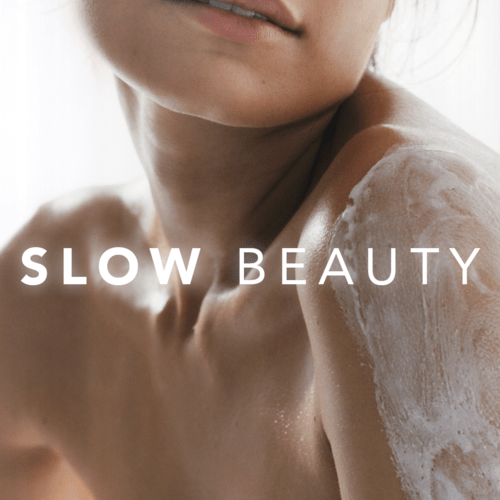What can essential oils do for you?

It is important to understand that essential oils act in 3 ways:
On the skin, through the skin & beyond the skin
They easily penetrate the skin’s different layers (action on the skin), before diffusing from the peripheral microcirculation and into the general blood circulation (action through the skin). Their fragrance also has an olfactive action on our sense of smell (beyond the skin).
When used in dermocosmetics (products applied directly to the skin, hair and scalp), essential oils have the advantage of being ingredients that integrate marvellously with fat - vegetable oils, butters etc. - to create optimum skin quality. The skin consists of a lipid bi-layer and because essential oils are oil-loving (lipophilic), they can dissolve easily into oils and fats, which gives them great affinity with the skin.
The skin is a barrier that is impervious to many substances. Beauty products like skincare creams, which are made of an oil and water emulsion, have larger molecules that sit on the skin’s surface. Here they act as a protective barrier, helping to retain moisture and also to nourish skin. The thicker the cream, wax or butter, the more of the essential oil will remain on the skin’s surface (stratum corneum). This is the case with plant-based butters like shea butter and cocoa butter but also very ‘oily’ botanical oils such as avocado and olive.
However, it would be wrong to think that an essential oil applied to the skin simply remains on the epidermis. Essential oils have much smaller molecules so with them we can create products that go further than the skin’s top layers. Essential oils are active and well absorbed by the skin. They manage to pass through all the skin’s layers without too much difficulty, where they are then redistributed throughout the body through the blood and lymphatic circulation. Essential oils take time to penetrate and diffuse through the skin tissue. They can do this in 2 ways: either trans-epidermically (through the epidermis into the cells and between the cells) or via the hair follicles, sebaceous glands or sweat glands. In skincare, the transport of essential oils is generally carried out by the trans-epidermal route.
The concentration or amount of essential oil used depends on where it’s being applied, the desired action and the tolerance of the essential oil. For skincare, the essential oil is diluted in a botanical oil. The type of botanical oil used depends on the end result required and the intrinsic properties of the chosen oil. The more fluid the botanical oil, so the essential oil will diffuse further into the structures of the skin. The choice of botanical oil is therefore important. For example, hazelnut oil has the highest content of essential fatty acids, especially Omega 9, plus Vitamins A and E. It is able to penetrate deeply into the dermis and the hypodermis, without leaving a greasy film on the skin, making it an ideal choice for skincare products.
With their natural affinity with the skin, essential oils have a multitude of skincare benefits. Nature’s beauty remedies, they can be intensely healing, balancing, soothing, revitalising or nourishing for the complexion. Although they have been used for centuries, many of today’s modern beauty innovations are powered by these aromatic essences and the purest botanical ingredients. In my mind, the superlative results they achieve are unrivalled – clearer, smoother, brighter and younger-looking skin. It’s all about the balance of the essential oil and the botanical oil used. In dermatology, the benefits of topically applying products containing essential oils is not only obvious for their effect on the appearance of the skin’s uppermost layers but also systemic – how they work in the blood stream - and olfactory, their effect on the brain via the sense of smell.
I believe that pure, high quality essential oils are always the best choice. In terms of fragrance, there is a real difference between the aroma of an organic essential oil and one that has been made synthetically. Its fragrance will be finer and smell more intense; an experienced nose can detect this easily. This is because a plant that has grown in the wild has had to struggle to survive. It has to work harder and use more energy to grow than a cultivated oil so all its properties are more potent. The energy of the extract will be much higher making it more effective and its therapeutic effectiveness will be stronger.
Although some brands utilise chemical or synthetic ingredients to try and replicate the effects of natural essential oils, I think the results are less impressive on the skin. By using true essential oils and pure botanicals you really can achieve outstanding skincare results that more than rival those achieved by chemical or synthetically based products. For me, Mother Nature always does it better.
Dr Pierre Albano, Doctor of Aromatherapy











